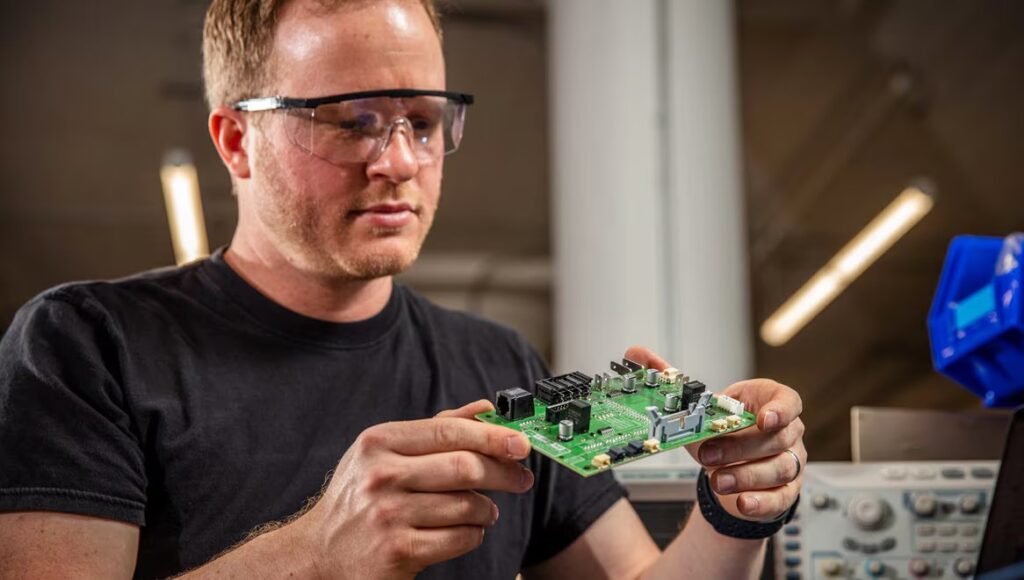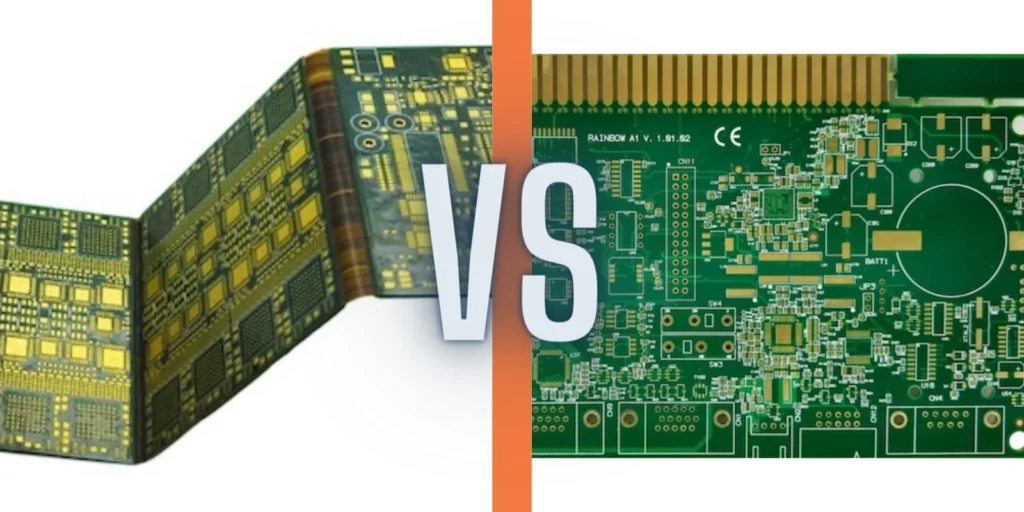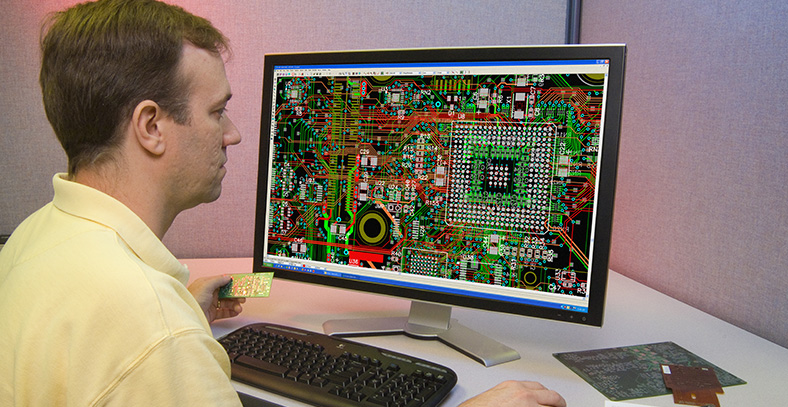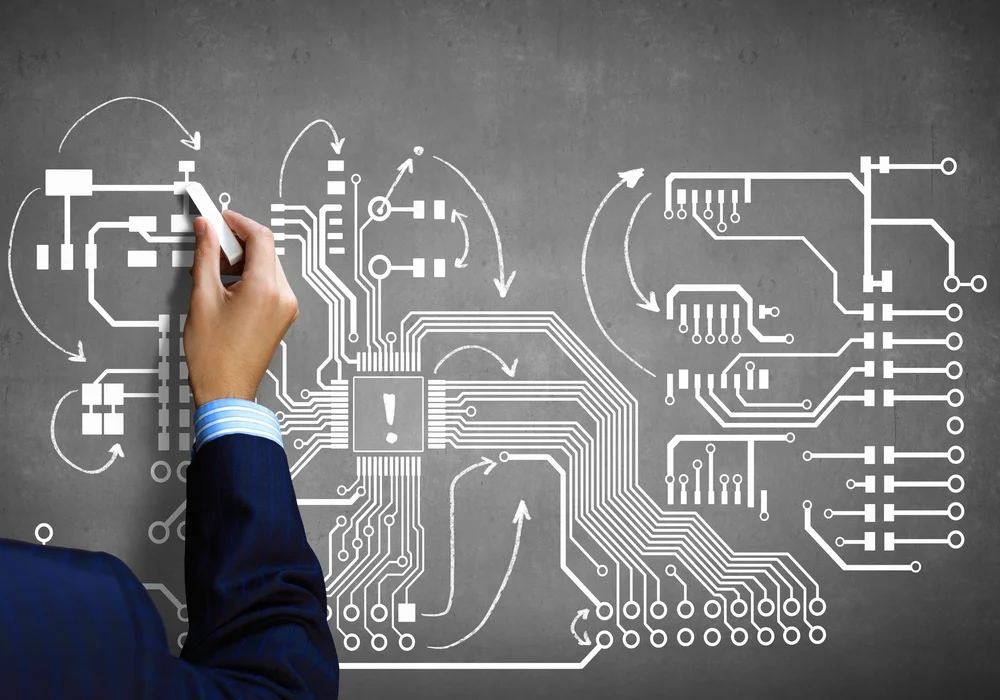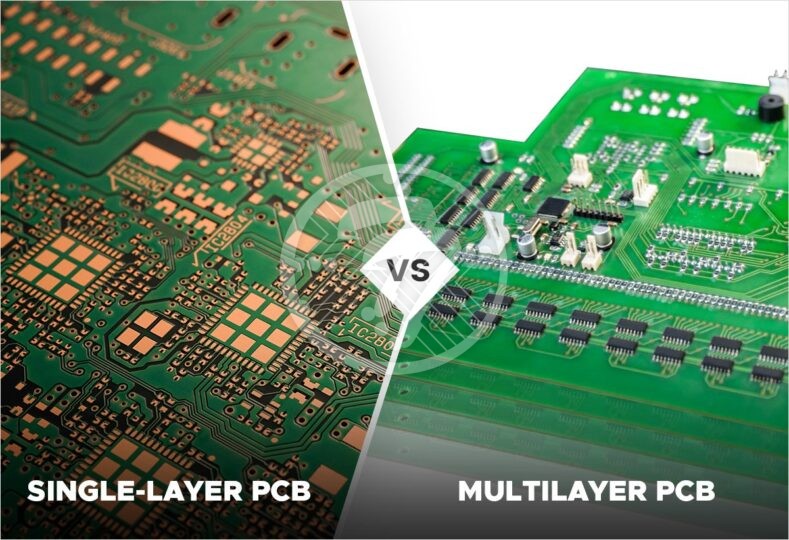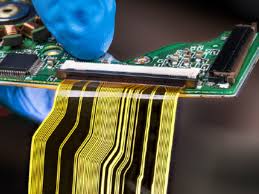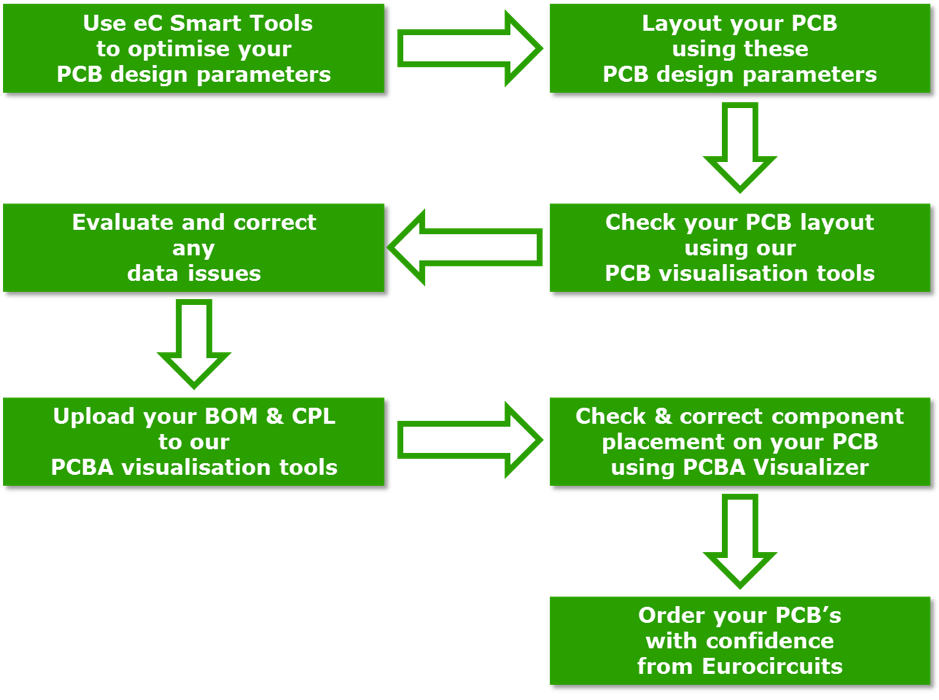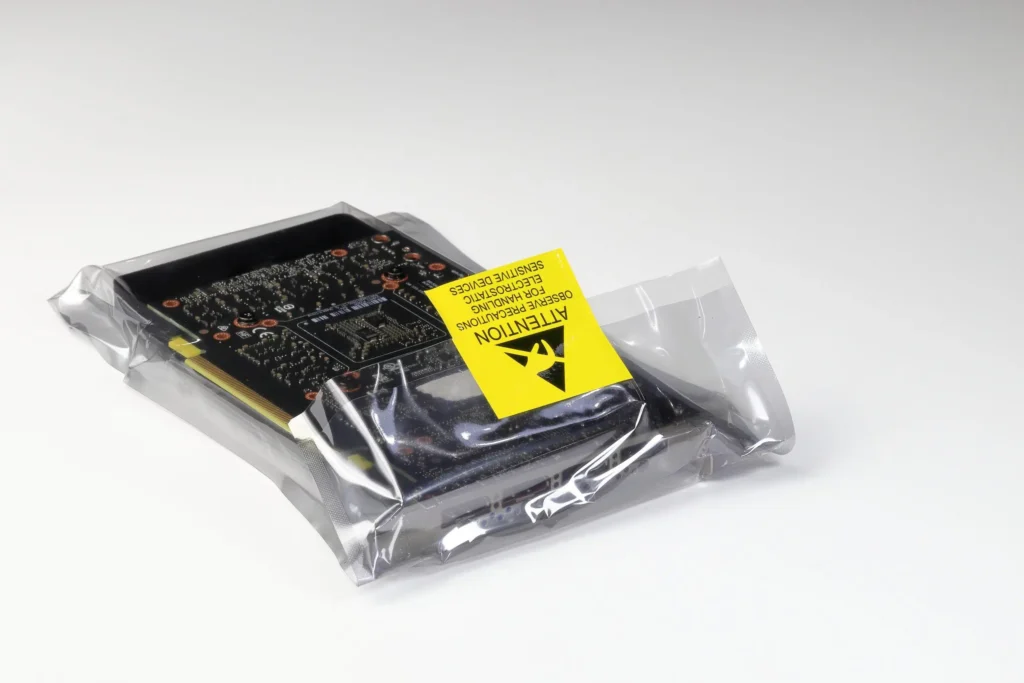PCB layout is an important part of electronic design, which directly affects the performance, reliability, manufacturability, and cost of circuits. It is recommended to refer to the following 9 PCB layout principles.

1. From large to small, from difficult to easy: When laying out, prioritize placing large and complex components before placing small components.
2. Reference principle block diagram: During the layout process, it is necessary to refer to the principle block diagram of the circuit, clarify the position of the main components, and arrange them reasonably according to the flow direction of the signal.
3. Easy debugging and maintenance: For components that need to be debugged, sufficient space should be left to avoid placing large components around small components to prevent damage during maintenance.
4. Symmetrical layout: For circuit components with the same function, adopting a symmetrical layout can enhance overall aesthetics and functionality.
For example, two power management modules can be placed on either side of the SOC.
5. Uniform distribution and center of gravity balance: The arrangement of components should follow the principle of uniform distribution, avoiding concentration on one side, and maintaining the center of gravity balance and aesthetics of the entire PCB.
6. Consistent component orientation: Plug in components of the same type and polarized components should be arranged in the same direction for ease of production and testing.
7. Thermal management: Heating elements should be evenly distributed to improve heat dissipation, while maintaining a certain distance from other elements to avoid mutual influence.
8. Signal transmission optimization: The length of signal lines should be shortened as much as possible, especially for critical signal lines.
High voltage and low voltage signals, as well as analog and digital signals, should be separated to avoid interference.9. Component classification and power management: Devices using the same power management unit should be placed together as much as possible to reduce the complexity of power lines and improve overall efficiency.



